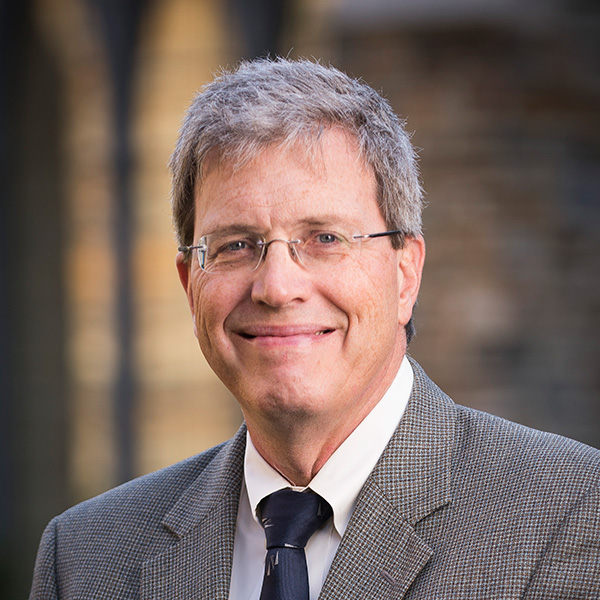I noted in a previous post that the number of congregations led by women still is a surprisingly small 8 percent. One main reason this number is not larger, of course, is that several major religious groups still do not allow female clergy. Half of American congregations are either in denominations that do not permit female clergy or are independent churches that do not allow female head clergy.
What about other ways in which women can be leaders in congregations? The graph above shows that many congregations that prohibit women from full ordained leadership permit them to lead in other ways. Even though women cannot hold the top clergy position in half of all congregations, only one-third of congregations prohibit women from preaching at the main worship service, and only one-quarter have volunteer leadership positions that women cannot hold. Women can serve on the main governing board in all but 15 percent of congregations, and they can teach classes of adult men in all but 13 percent.
It probably should not surprise us that, whatever rules a denomination or congregation has about women’s ordination, women are called upon to do the work (especially the unpaid work) that needs to be done, whether serving on governing boards, teaching Sunday School, or occasional preaching. Churches have to do some fancy rhetorical footwork when they need women to do work that their own rules prohibit women from doing. For example, in some groups women can give a “talk” or a “speech” from the pulpit during a Sunday service, but not a sermon; in others women can “teach” from the pulpit but they can’t preach from the pulpit; in still others a woman can teach a class containing adult men because she is “under the authority” of the head pastor, even though he never comes to the class.
Be that as it may, gender equality has progressed farther in lay leadership than in ordained ministry or head clergy jobs. But it has not progressed far enough in any of these domains.








